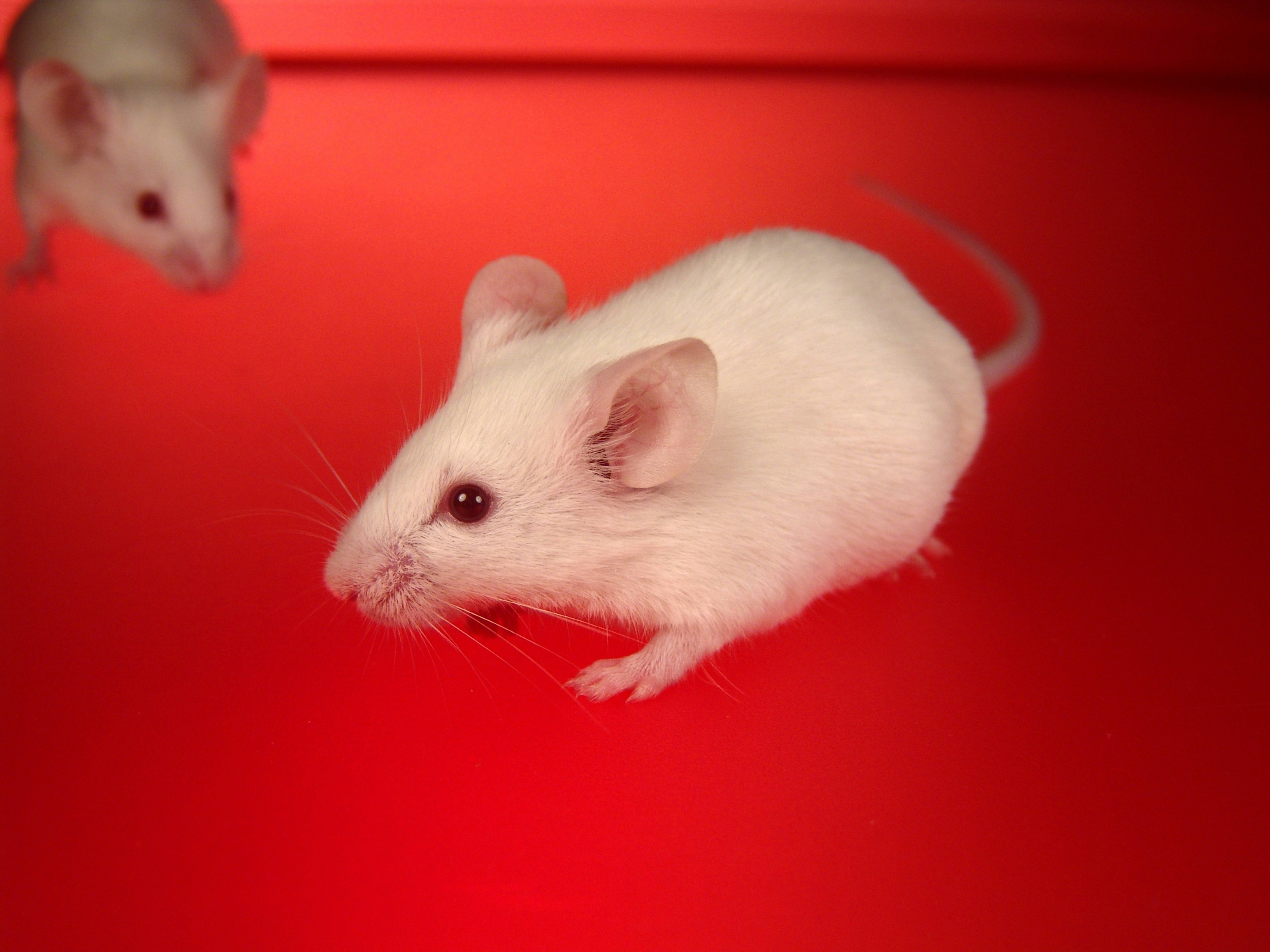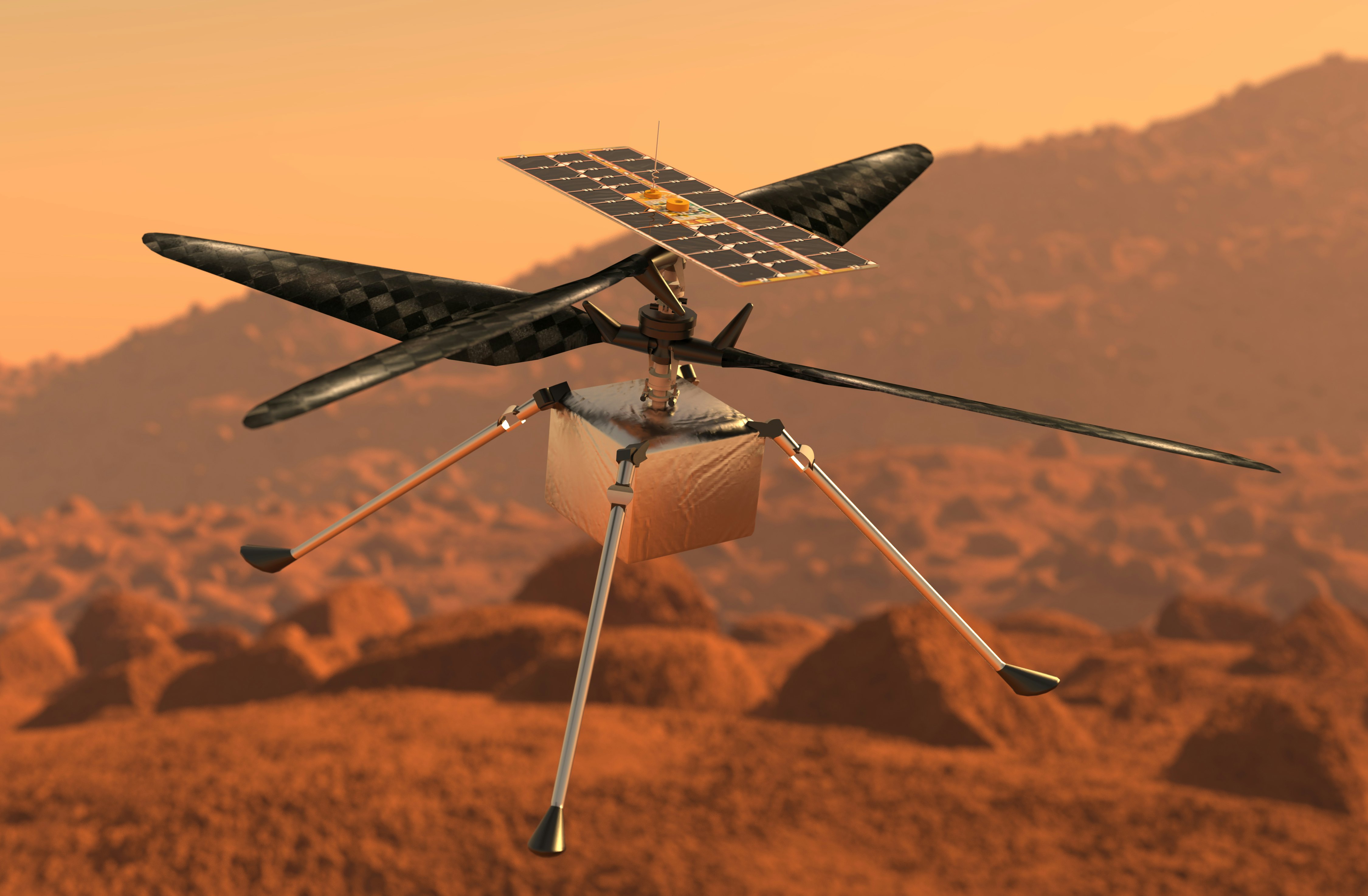
What are your biggest phobias? For me, I have worked for years to try and be just okay with a spider in the room — doesn’t matter how big or small, hairy or leggy. They are all equally terrifying. I’ve made peace with the fact they exist. I know they are cool. I know a little spider a couple of meters away won’t hurt me. But I am still stressed by its very presence. I’ve been bitten by spiders almost 10 times, so I have reason to be stressed out around them. So, too, apparently, do male mice have a reason to loathe and fear bananas.
This is an adapted version of the Inverse Daily newsletter for Friday, June 3, 2022. Subscribe for free and learn something new every day.
You can read about that strange-but-true finding and more in today’s Inverse Daily! And join me in saying congratulations to one of the Inverse staffers, Eric Francisco! Eric has worked with Inverse for seven years and counting. You can read one of his recent stories below. Happy Friday.

This fruit makes mice go bananas. Now psychologists have a reason why
Clearly, bananas are not a natural predator of mice. So why do they fear them? It turns out, the fruit’s odor originates from a compound called n-pentyl acetate. And that same compound is also found in the urine of pregnant or lactating mice.
The finding was somewhat of an accident. The paper’s first author, Sarah Rosen, had been investigating pain in pregnant mice when a colleague remarked that the male mice were acting strange. Rosen tells Inverse that the rodents seemed “aggressive” and had “super-high pain thresholds.”
To figure out what was causing this uncharacteristic behavior, they tested a few theories. They placed the males before pregnant mice, but that did nothing; neither did offering the males soiled bedding from virgin female mice. Finally, they paired male mice with soiled bedding from pregnant mice, and the males' aggressive behavior spiked. So what was in the bedding that was triggering the mice’s odd behavior?
The team turned to the pregnant mice’s urine, which the bedding would reek with. They identified compounds specific to the urine of pregnant and lactating mice — n-pentyl acetate among them — and then isolated and tested those compounds on male mice. “N-pentyl acetate was the one that had the biggest effect in the males,” Rosen says, “and that also happened to smell like bananas.”

Watch: Ingenuity just set a record for the longest and fastest flight on Mars
In April, the helicopter completed its 25th flight on Mars. It was the helicopter’s fastest and longest flight — it traveled for little under half a mile and flew at 12 miles an hour. The journey took a little more than two and a half minutes.
If you recall, Ingenuity was a proof-of-concept drone that was designed to test flying a drone on another planet. It had a short shelf life of a few weeks — and it has gone the distance to prevail on Mars for more than a year.
See the tiny rotors in action.

Can the world’s most powerful telescope find alien civilizations?
Could we turn the Event Horizon Telescope on distant planets, using its superior resolution to spy on potential alien civilizations? It sounds like an amazing idea, but, unfortunately, the EHT isn’t really right for the search for extraterrestrial intelligence (SETI), says Cherry Ng, a radio astronomer working with the Breakthrough Listen SETI project.
“When it comes to SETI research, our primary goal is in finding a signal,” Ng says in an email to Inverse. For that, the EHT is, ironically, too powerful.
Most SETI research involves looking at broad swathes of the night sky to search for signals that look like they may have come from intelligent beings. These kinds of surveys don’t zoom in on things like the EHT does, but they can cover a lot of space quickly. And with trillions of stars out there, covering a lot of space is crucial.
Pointing the EHT at even the roughly 5,000 known exoplanets for ten minutes each would take 36 days of continuous observing, estimates Chenoa Tremblay, a researcher at the SETI Institute. And that’s not even accounting for telescope downtime, calibration, and aiming.
The EHT as an organization is not very well set up to chase down every hint of ET, says Sofia Sheikh, a postdoctoral researcher at the University of California, Berkeley’s SETI Research Center.
“The EHT is a collaboration between many different telescopes around the world,” Sheikh says in an email to Inverse. “Getting coordinated observations with them all is expensive and time-consuming, and we'd have to have a really good argument to access that level of resources for SETI.”

Quiz: Can you tell a reef's health based on its song? This computer program can
Researchers built an artificial intelligence algorithm that can accurately predict the health of a coral reef more than 91 percent of the time. The A.I. could help better catalog reefs and direct resources to those which are struggling to survive in a rapidly changing environment.
At the same time, reef sounds can be a herald that a reef has rebounded from a dire situation as a result of conservation efforts. Reefs have their own sonic signatures, it seems, and deciphering them can tell us a lot about the population in this distinctive and beautiful ecosystem.
Do you think you can beat an algorithm? Try our quiz and find out if you can discern a healthy coral reef from an unhealthy coral reef.

Weekend read: 5 YEARS AGO, WONDER WOMAN MARKED A HISTORIC CHANGE IN THE SUPERHERO GENRE
In honor of Inverse O.G. staffer Ericn Francisco’s seven-year anniversary with Inverse, we are spotlighting his most-recent essay on 2017’s Wonder Woman. He writes:
On December 24-26, 1914, five months after the start of World War I, a miraculous series of ceasefires took place along the Western Front. Opposing forces, including British, French, German, and Russian, dropped their arms. They chose instead to hang out, sing, smoke, and eat. Together. They collected their dead and kicked around soccer balls in the snow. World War I is one of the bloodiest conflicts in recorded history, and yet, because it was Christmas, they simply stopped.
The Christmas Truce didn’t create the phrase “No Man’s Land,” but coverage of it inspired its mainstream use. It bears repeating that an ominous term came out not because of war but because of temporary peace. In the imagination of comic book movies, the Belgian front of World War I is where another contradiction of war and peace soars.
The 2017 movie Wonder Woman was released five years ago today on June 2. That’s when the DC Comics icon took up her arms in the name of peace in her breathtaking solo film on the big screen. While its impact can still be felt by the wider superhero movie industrial complex five years on, it remains a profound, however imperfect movie, effortlessly teetering between a gritty war picture and an aspirational superhero fantasy.

About this newsletter: Do you think it can be improved? Have a story idea? Want to share a story about the time you met an astronaut? Send those thoughts and more to newsletter@inverse.com.
- On this day in history: On June 3, 1965, Ed White became the first American astronaut to engage in a spacewalk. White was part of the Gemini 4 crew at the time. He tragically died less than two years later in a training accident in January of 1967, along with two other Apollo astronauts.
- Song of the day: “Space Walk,” by Lemon Jelly, featuring real audio recorded during Ed White’s spacewalk.







